How to Spend One Day in Monaco
Culture Travel may earn a commission through links on this website. As an Amazon Associate, we earn from qualifying purchases.
Visiting Monaco has been a dream of mine for quite some time. As a teenager, I fell in love with classic films and Grace Kelly was one of my favorite actresses. She filmed several movies in the south of France, including the region around Monaco. Kelly ended up leaving Hollywood to become an actual Princess of Monaco, after Rainier III, Prince of Monaco proposed to her. Hollywood’s fascination with Monaco didn’t end with Grace Kelly, and the country has played a starring role in the recent films Monte Carlo, alongside Selena Gomez and Grace of Monaco, featuring Nicole Kidman.
Monaco History
Monaco existed for many hundreds of years under the House of Grimaldi before Kelly became its princess and producers arrived with cameras.
Monaco is a sovereign city-state located on the French Riviera, surrounded by France on three sides and the Mediterranean Sea on the fourth. The history of Monaco dates back to ancient times, but it is perhaps best known for its modern status as a glamorous and wealthy principality, synonymous with luxury and high-end tourism.
The first recorded history of the region comes from the Phoenicians, who established a trading post in the area in the 6th century BCE. Over the centuries, the region was controlled by various powers, including the Greeks, the Romans, the Moors, and the Genoese.
In the 13th century, the Grimaldi family, a noble family from Genoa, took control of the region and established themselves as the ruling dynasty of Monaco. Over the centuries, the Grimaldis faced numerous challenges, including invasions by the French and the Spanish, but they managed to maintain their hold on the principality and expand their power and influence.
By the 19th century, Monaco was in a state of decline, and it was only after the arrival of Prince Charles III in 1856 that the principality began to flourish once again. Many attribute the revival of Monaco to Grace Kelly and her marriage to the prince, who brought the nation-state back into the limelight.
Monaco Today
Today, Monaco is a well-known tax haven and playground for the ultra-wealthy. It imposes no income tax on its residents, instead opting for a value-added tax of around 20%.
Monaco is known for its high-end hotels, casinos, and restaurants, as well as for its famous annual events, such as the Monaco Grand Prix held in May and the Monte-Carlo Rally. It is also a major center for finance and banking, with many wealthy people and corporations choosing to base themselves in the principality.
As one of the smallest countries in the world, only a few miles long, by definition, Monaco is quite an exclusive place.
Monaco sits peacefully on the coastline of the Mediterranean Sea, surrounded on all sides by France. With a quick train ride, you can easily hop over the border to visit Italy. There are quite a few high-rise buildings in Monaco, a testament to the demand for living quarters in this micro-country.
How to Get to Monaco
On a Thursday morning, I took a short train from Nice to the Monaco train station, which is actually hidden within a mountain. I quickly learned, that with the exception of the neighborhood Quartier du Port, the city itself is not so pleasant to walk in, as most of it has been built upon steep, rising cliffs.
The cars drive super fast (a giant overhead highway passes right through Monaco), many of the streets are extremely steep, and there is construction going on everywhere!
It seems every time I turned around, a high-rise building was under construction. Monaco is in fact the most densely populated country in the world, and it seems that this is a title the citizens are very interested in keeping!
What to Do in Monaco
Here are some of the best things to do in Monaco!
Prince’s Palace of Monaco
The Prince’s Palace of Monaco is a historic palace located in the heart of Monaco’s old town. It is the official residence of the Prince of Monaco and has been the seat of Monaco’s ruling family for over 700 years.
The palace was first built in the 13th century as a Genoese fortress, and it has been expanded and renovated several times over the years. Today, the palace is a beautiful blend of architectural styles, with a mix of Renaissance and Baroque features, as well as more modern additions.
Visitors to the Prince’s Palace can explore the palace’s public rooms, which are open to the public during certain times of the year. The palace’s public rooms include the State Apartments, which are lavishly decorated with frescoes, tapestries, and other works of art. Visitors can also see the palace’s impressive throne room, which features a gilded ceiling and a grand marble staircase.
In addition to its public rooms, the Prince’s Palace is also surrounded by beautiful gardens, which offer stunning views of the Mediterranean Sea and the surrounding hills. Visitors can explore the palace’s gardens, which are home to a variety of exotic plants and flowers, as well as several fountains and sculptures.
Prince of Monaco’s Vintage Car Collection
La Collection Automobiles de S.A.S. le Prince de Monaco, or the Prince of Monaco’s Vintage Car Collection, is a museum located in Fontvieille, Monaco. The museum features a collection of over 100 vintage cars that belonged to the Prince’s family and other notable figures in Monaco’s history.
The collection was started by Prince Rainier III in the 1950s and has grown over the years to include cars from many different eras and countries. The museum’s collection includes cars from the early 1900s, such as the 1903 De Dion Bouton, all the way up to modern sports cars like the Bugatti Veyron.
The museum’s cars are displayed in a spacious and well-lit exhibition hall, and visitors can admire the cars up close and learn about their history through the museum’s informative displays. Some of the most notable cars in the collection include the 1911 Rolls Royce Silver Ghost, the 1936 Bugatti Type 57SC Atlantic, and the 1956 Aston Martin DBR1, which was driven by Sir Stirling Moss to victory in the 1959 24 Hours of Le Mans.
For car fanatics, the Prince of Monaco’s Vintage Car Collection is a must-visit destination.
Grimaldi Forum
I was two days early for the Francis Bacon exhibit at the Grimaldi Forum, but I hope to visit the museum next time I’m in town.
The Grimaldi Forum is a multi-purpose cultural and conference center located in Monaco. It was opened in 2000 and is one of the largest event venues in Monaco, with over 35,000 square meters of space. It hosts a wide variety of events throughout the year, including art exhibitions, music concerts, theater performances, and conferences.
The center’s exhibition spaces are particularly noteworthy, with over 3,000 square meters of space dedicated to art exhibitions. The Grimaldi Forum has hosted a number of prestigious art exhibitions over the years, featuring works by famous artists such as Picasso, Matisse, and Warhol.
Sainte-Dévote Chapel
The Sainte-Dévote Chapel is a historic chapel located in Monaco. It is dedicated to Sainte Dévote, the patron saint of Monaco, and is one of the oldest religious buildings in the city.
The chapel’s history dates back to the 4th century, when Sainte Dévote is said to have been martyred in Corsica and her remains were brought to Monaco. According to legend, a group of Christians were sailing with Dévote’s body to North Africa when a storm hit and they were forced to seek refuge in the Port of Monaco. The locals, who were pagans at the time, set fire to the boat to prevent the Christians from landing, but a dove descended from the sky and put out the flames, allowing the boat to dock safely.
The chapel was built on the site where the boat is said to have come ashore. The first chapel was built in the 11th century and was replaced by a larger chapel in the 17th century. The current chapel was built in the 19th century and is a beautiful example of Romanesque Revival architecture.
The chapel is an important religious site in Monaco and is the site of an annual candlelit procession on January 26th, the feast day of Sainte Dévote. The chapel is also open to visitors throughout the year, and it contains a number of historic artifacts and works of art, including a statue of Sainte Dévote and a mosaic of the baptism of Christ.
Musée Océanographique de Monaco
The Musée océanographique de Monaco, or the Oceanographic Museum of Monaco, is a museum and research center dedicated to the study and preservation of the world’s oceans. The museum is located on a cliff overlooking the Mediterranean Sea in Monaco and is one of the city’s most popular attractions.
The museum was founded in 1889 by Prince Albert I of Monaco, who was a passionate oceanographer and explorer. The museum’s collection includes over 6,000 specimens of marine life, including fish, crustaceans, and other creatures. The museum also has a large collection of scientific instruments and artifacts related to oceanography and marine exploration.
In addition to its collection, the Musée océanographique de Monaco features several large aquariums that showcase a variety of marine ecosystems. The museum’s most impressive aquarium is the Shark Lagoon, which is home to several species of sharks and other large fish.
The Musée océanographique de Monaco also serves as a research center, with a team of scientists and researchers studying a range of topics related to the ocean and marine life.
Cafe de Paris
The Café de Paris is a famous café located in the heart of Monte Carlo, Monaco. It was first opened in 1868 and has since become an iconic destination for visitors to the city.
The Café de Paris is known for its outdoor terrace, which overlooks the Place du Casino and offers stunning views of the city. The café is open for breakfast, lunch, and dinner, and serves a wide range of classic French and Mediterranean dishes, as well as a variety of coffees, teas, and cocktails.
The café is also famous for its proximity to the Casino Monte Carlo, and it has become a popular spot for people-watching and enjoying a drink or a meal before or after a visit to the casino.
Monte Carlo Casino
The Casino de Monte Carlo is a world-famous casino located in the heart of Monaco. It was opened in 1863 and has since become a symbol of luxury and glamour, attracting high-rollers, celebrities, and tourists from all over the world.
The Monte Carlo Casino is known for its opulent decor and lavish atmosphere. The building features a grand entrance hall with marble columns, gold leaf accents, and a stunning glass dome. The casino itself is home to a wide range of games, including roulette, blackjack, baccarat, craps, and various types of poker.
In addition to its gaming offerings, the Casino Monte Carlo is also known for its high-end restaurants, bars, and nightclubs. The casino is nearby several Michelin-starred restaurants as well as several bars and lounges where guests can enjoy a drink and soak up the luxurious atmosphere.
The Casino Monte Carlo has also been featured in numerous films and TV shows, and it is a popular destination for tourists visiting Monaco. Visitors to the casino are required to dress in formal attire, and there is a strict dress code that is enforced to maintain the casino’s exclusive atmosphere.
Hotel de Paris
The Hotel de Paris is a luxurious hotel located in the heart of Monte Carlo, Monaco. It was first opened in 1864 and has since become one of the most famous and prestigious hotels in the world.
The Hotel de Paris is known for its opulent decor, world-class service, and prime location near the Casino Monte Carlo, the Opéra Monte Carlo, and the beautiful Mediterranean Sea. The hotel features elegant guest rooms and suites, many of which offer stunning views of the city or the sea.
In addition to its luxurious accommodations, the Hotel de Paris is home to several high-end restaurants, including the famous Louis XV – Alain Ducasse restaurant, which has been awarded three Michelin stars. The hotel also features several bars and lounges where guests can enjoy a drink and soak up the atmosphere of Monte Carlo.
Opéra Monte Carlo
The Opéra Monte Carlo is a world-renowned opera house located in Monaco. It was built in 1878 and was designed by the architect Charles Garnier, who also designed the famous Opéra Garnier in Paris. The Opéra Monte Carlo is known for its opulent architecture, intricate decor, and world-class performances.
The Opéra Monte Carlo has a rich history and has been the site of many notable performances over the years. In the early 20th century, it was a favorite destination of the rich and famous, who would attend the opera in their finest attire. The opera house was also the site of the premiere of several famous works, including Massenet’s “Don Quichotte” and Ravel’s “L’enfant et les sortilèges.”
Today, the Opéra Monte Carlo continues to host a wide range of operas, ballets, and other performances throughout the year. Its stage is known for its state-of-the-art technology and advanced sound and lighting systems, which allow performers to put on world-class productions.
In addition to its performances, the Opéra Monte Carlo is also known for its stunning architecture and opulent decor. The building features intricate stonework, beautiful frescoes, and a grand marble staircase. It is considered one of the most beautiful opera houses in the world and is a must-see attraction for visitors to Monaco.
Roseraie Princesse Grace
The Roseraie Princesse Grace, also known as the Princess Grace Rose Garden, is a beautiful garden located in Monaco. It is dedicated to the memory of Princess Grace of Monaco, who was known for her love of flowers and gardening.
The rose garden covers an area of around 5,000 square meters and is home to more than 4,000 rose bushes, representing over 300 varieties of roses from all over the world. The garden is carefully tended to throughout the year and is particularly beautiful in the spring and early summer when the roses are in full bloom.
Japanese Gardens of Monaco
The Japanese Gardens of Monaco, also known as the Garden of Peace, is a beautiful garden located in the heart of Monaco. The garden was designed by the landscape architect Yasuo Beppu and opened to the public in 1994.
The Japanese Gardens cover an area of approximately 7,000 square meters and are designed to reflect the traditional Japanese style of gardening. The garden is arranged around a central pond that is home to a variety of fish and turtles, and there are several small waterfalls and streams that flow throughout the garden.
The garden is also home to a variety of Japanese plants, including cherry trees, bamboo, and Japanese maples, as well as several traditional Japanese structures, such as a tea house, a stone lantern, and a bridge. Visitors can stroll along the garden’s meandering paths, cross over its wooden bridges, and relax on its benches while enjoying the tranquil atmosphere.
Jardin Exotique de Monaco
The Jardin Exotique de Monaco, or Exotic Garden of Monaco, is a botanical garden located on a cliffside in the Fontvieille district of Monaco. The garden is known for its impressive collection of cacti and succulent plants, as well as its stunning views of the Mediterranean Sea and the surrounding city.
The garden was established in 1933, and since then it has become a popular attraction in Monaco. The garden’s collection of cacti and succulent plants comes from all over the world, and there are over 7,000 different species on display. Some of the most notable plants in the garden include the giant African Baobab trees, the century-old aloe vera, and the agave plant that is over 8 meters tall.
The Exotic Garden also features a prehistoric cave that is open to the public. The cave, known as the Observatory Cave, was discovered in 1950 during the construction of the garden. It features impressive stalactites and stalagmites that are illuminated with colored lights, making for a memorable visit.
Les Pavillons Monte Carlo
Les Pavillons Monte Carlo is a luxury complex located in the heart of Monaco, just a short walk from the famous Place du Casino. The complex consists of several luxury buildings that offer a range of amenities and services for guests, including upscale shops, restaurants, and a spa. One of the main attractions of Les Pavillons Monte Carlo is the high-end shopping experience it offers. The complex is home to a variety of luxury boutiques and flagship stores.
Quartier du Port
The Quartier du Port is a beautiful, colorful neighborhood that still has some old-world charm from centuries past in its architecture.
La Plage du Larvotto
Monaco has a small beach where you can relax and catch some sun.
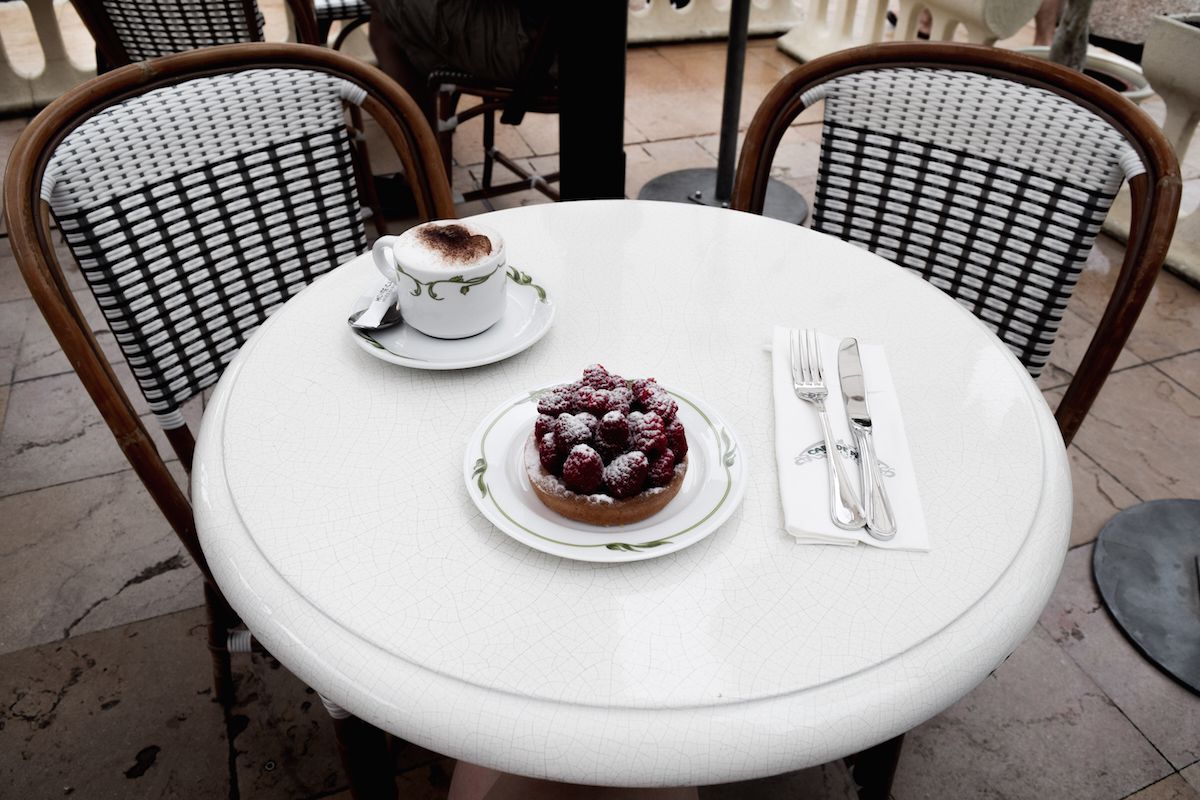

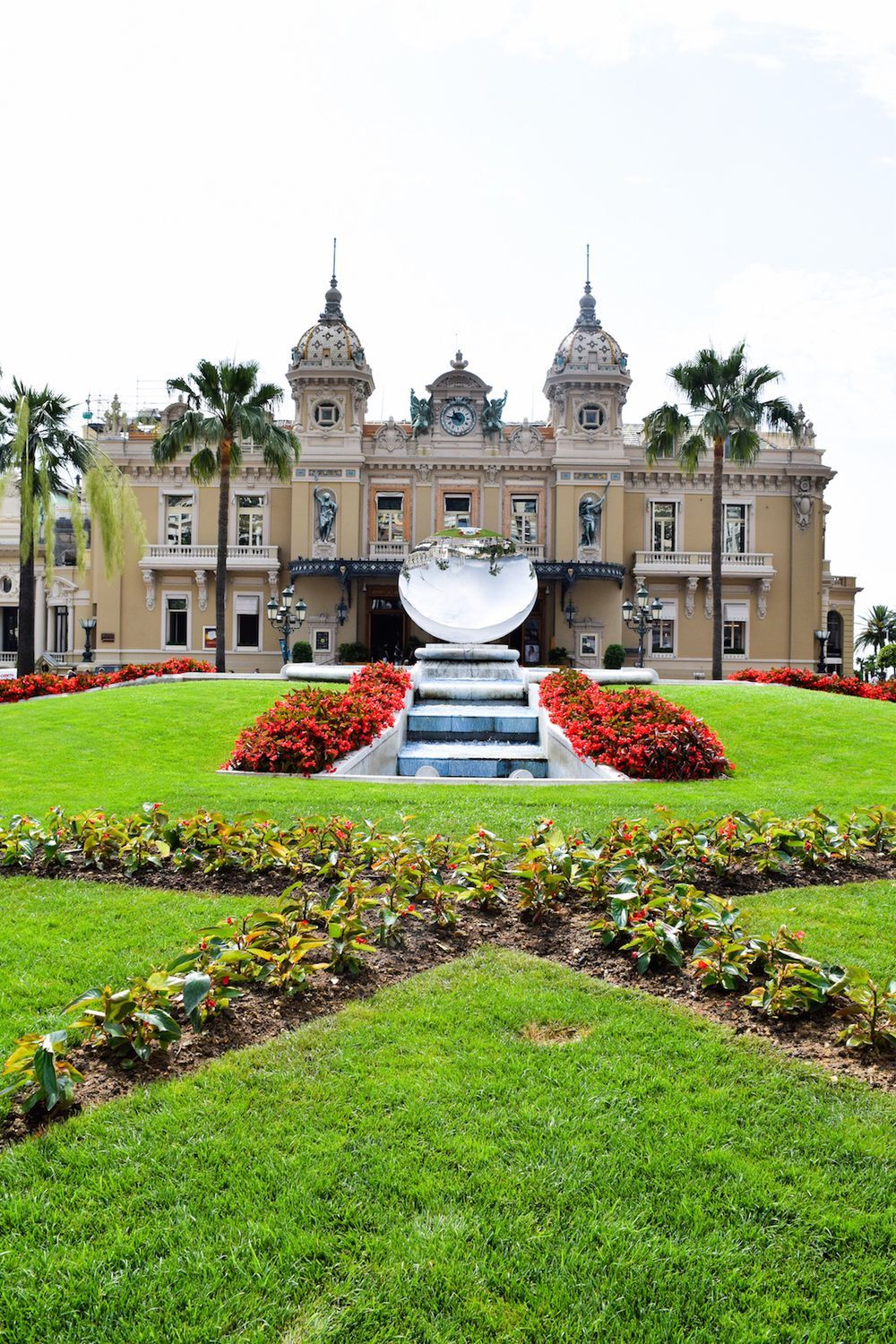
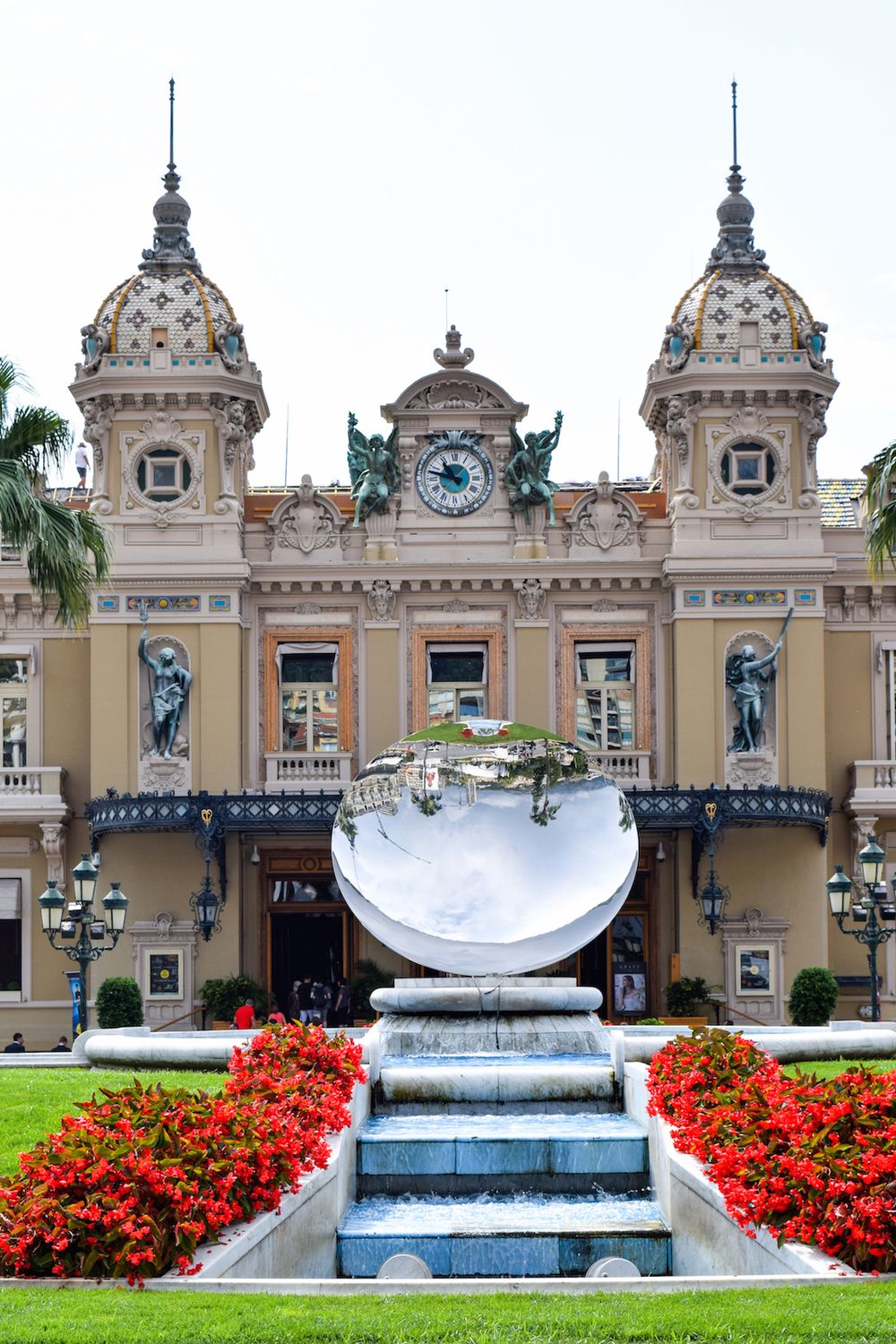
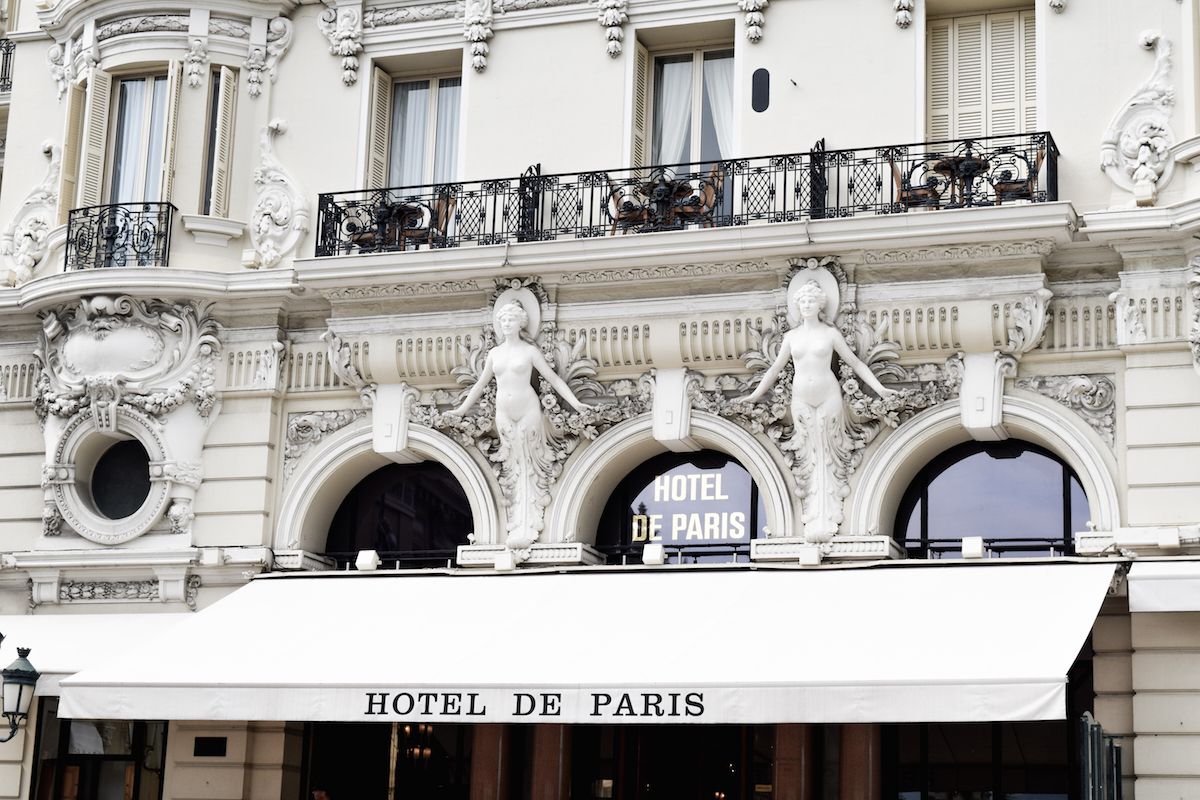

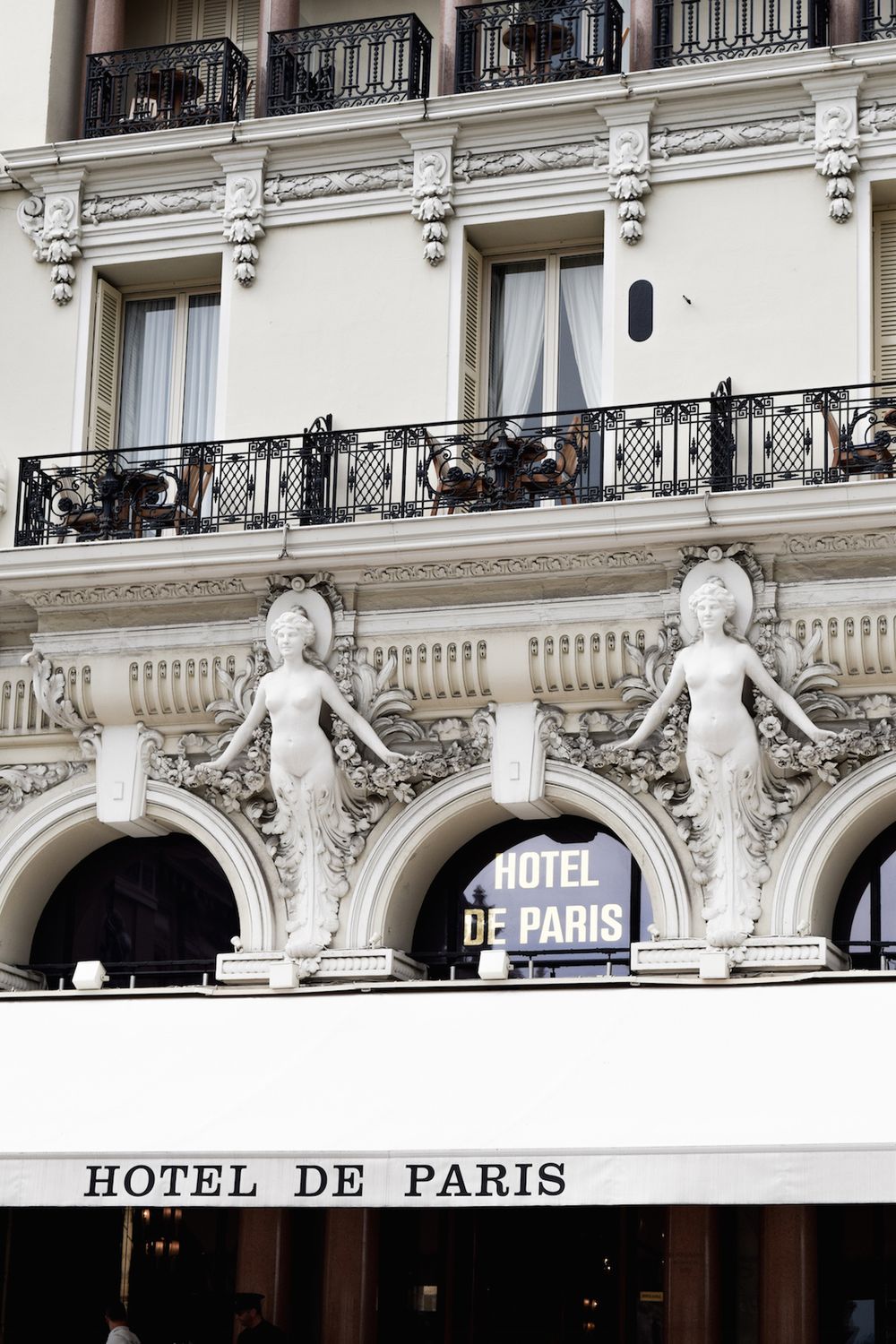
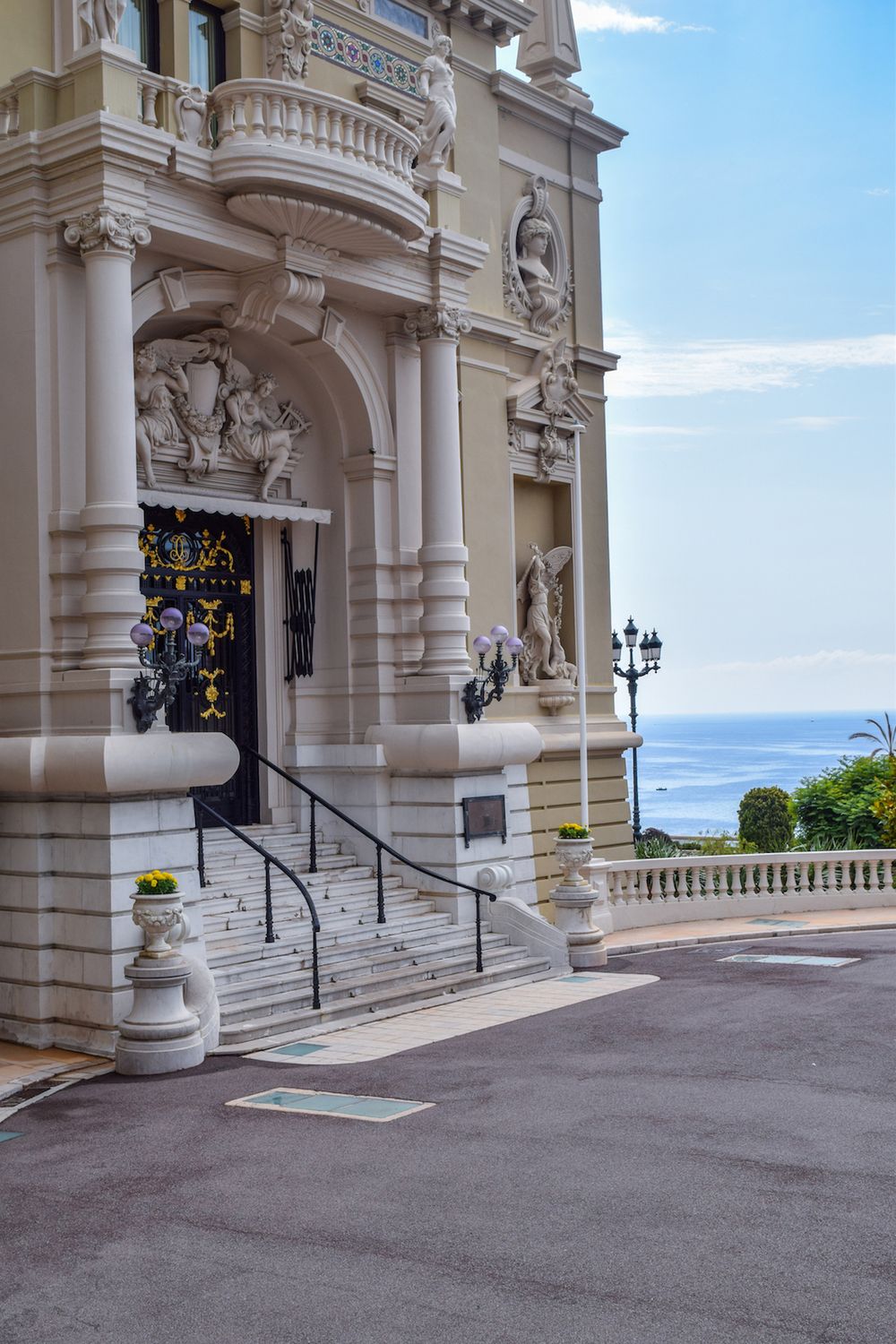
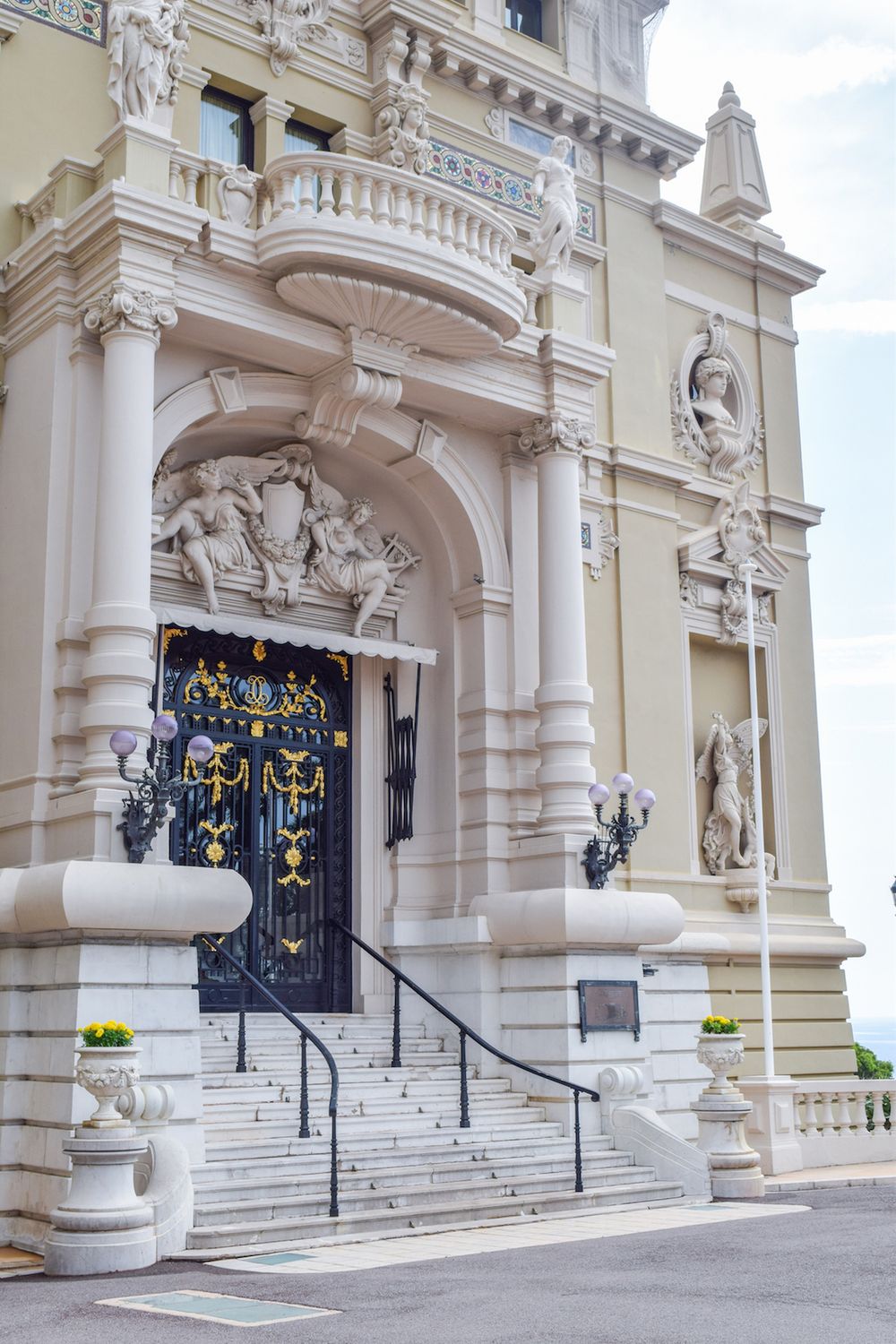
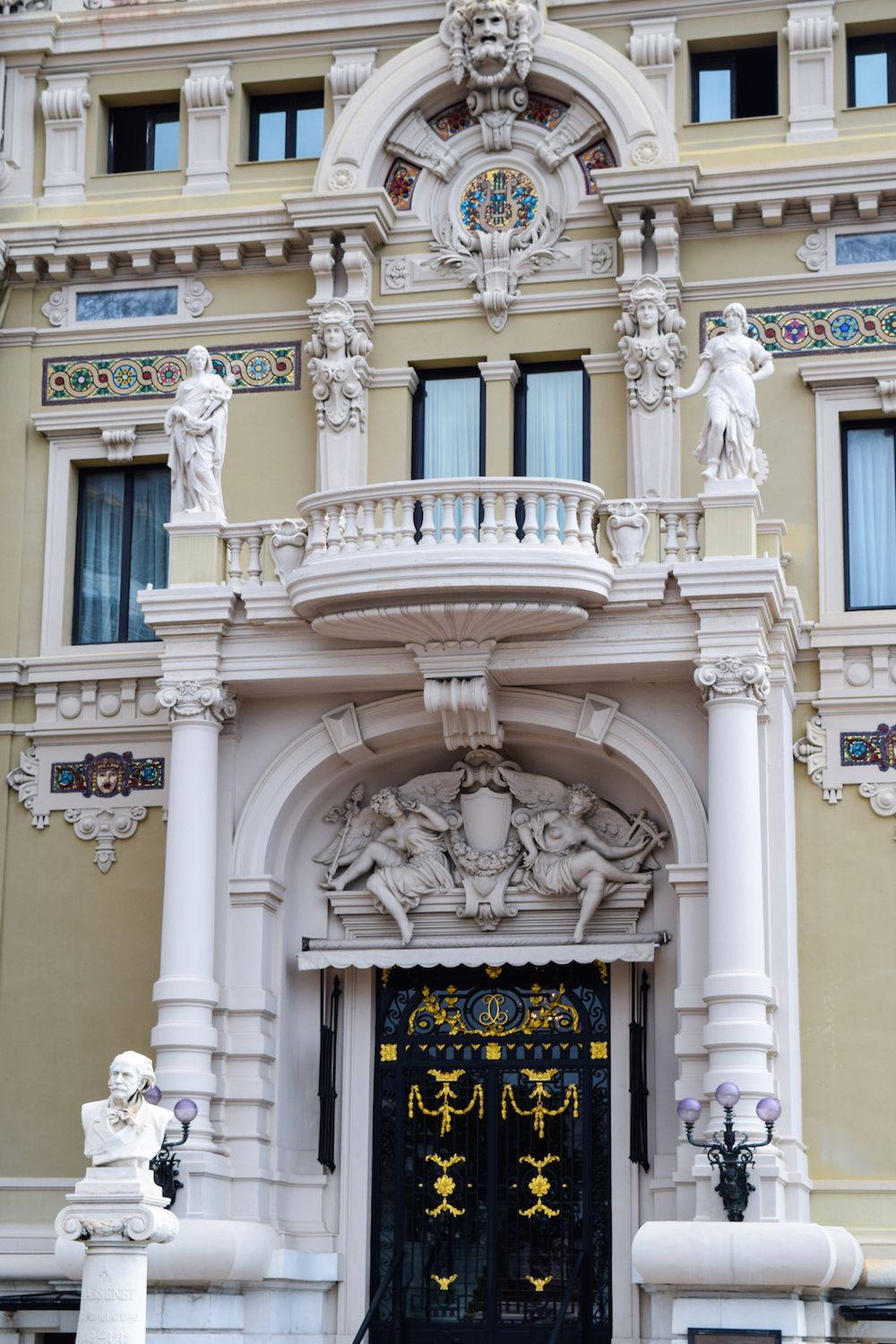


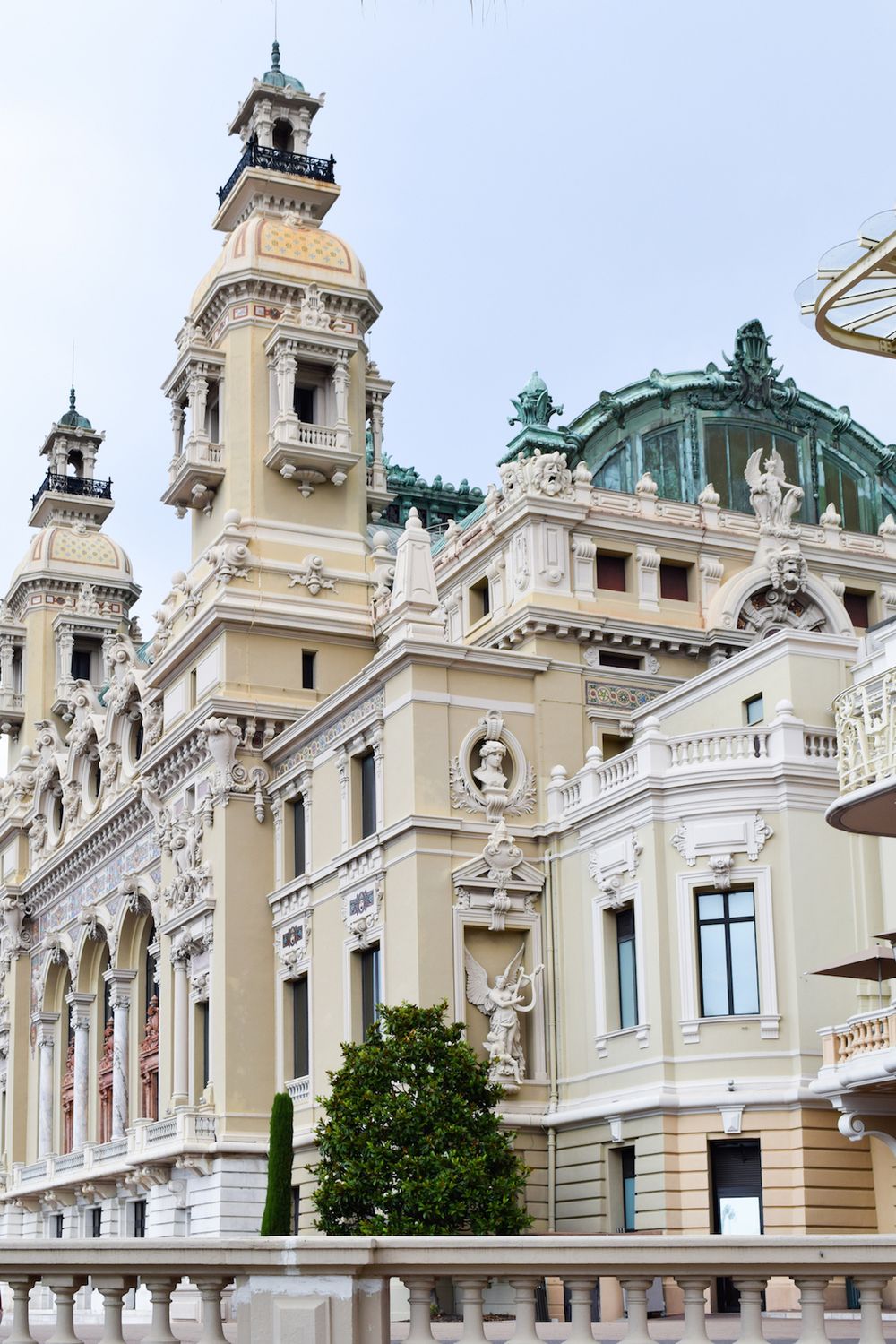
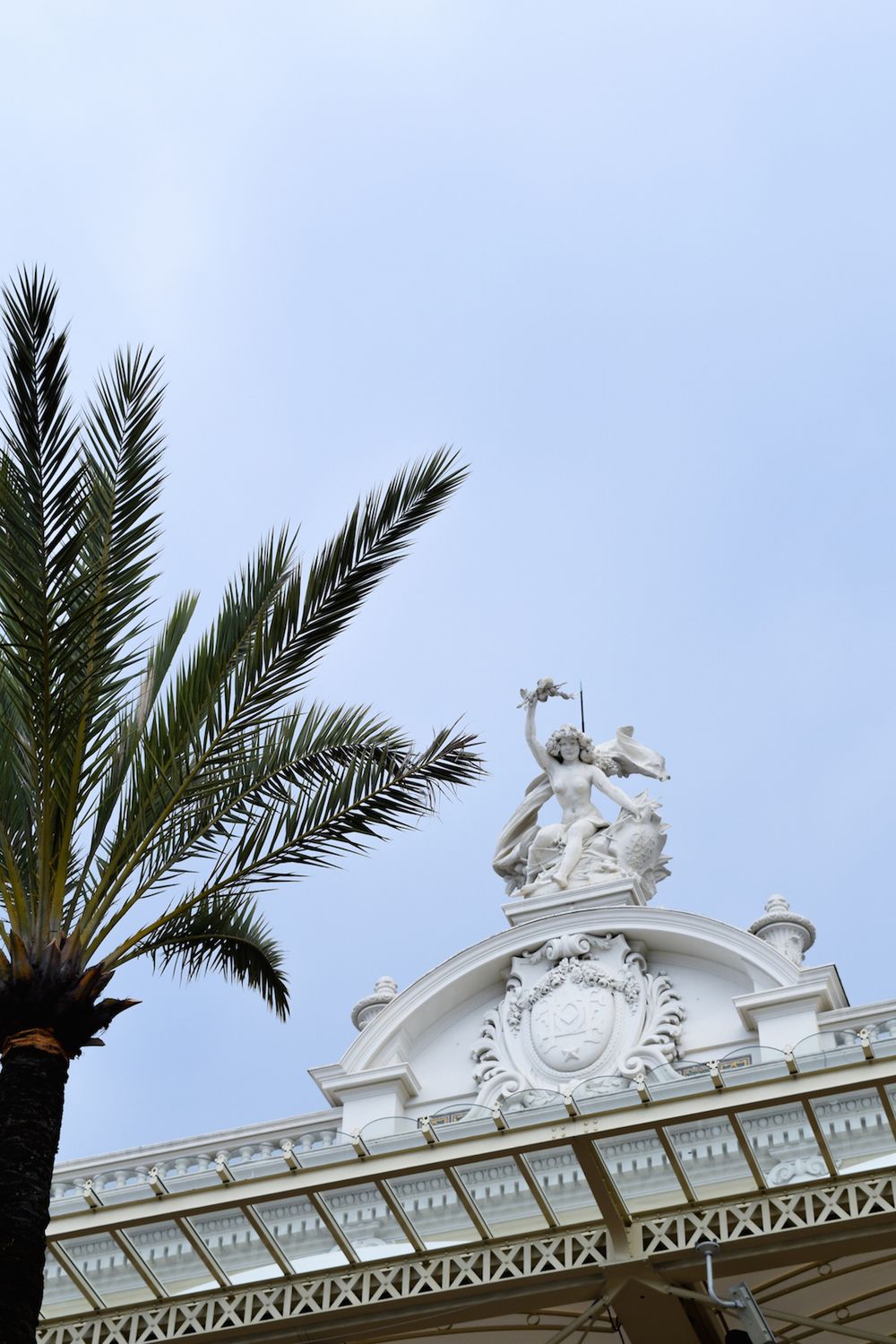

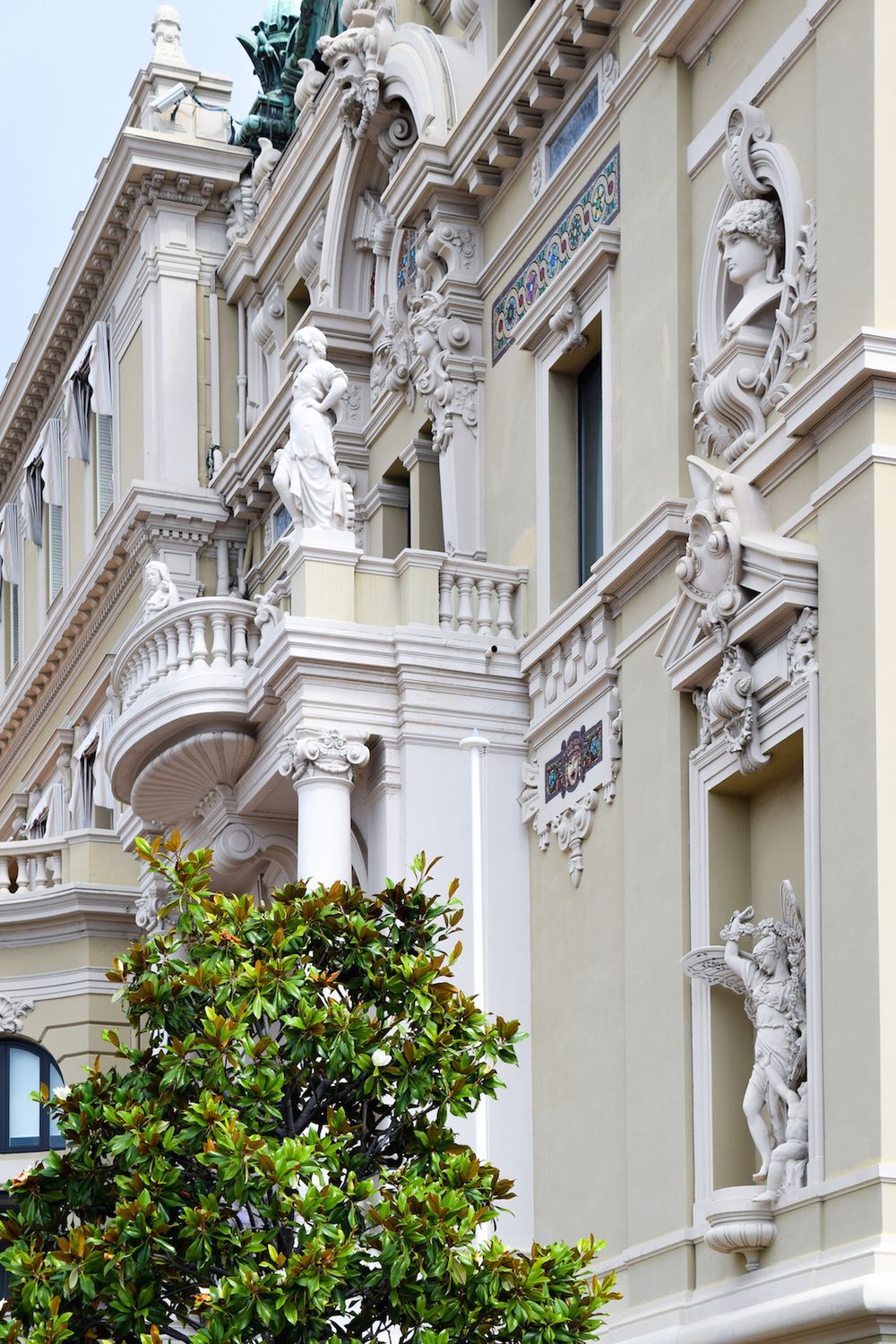
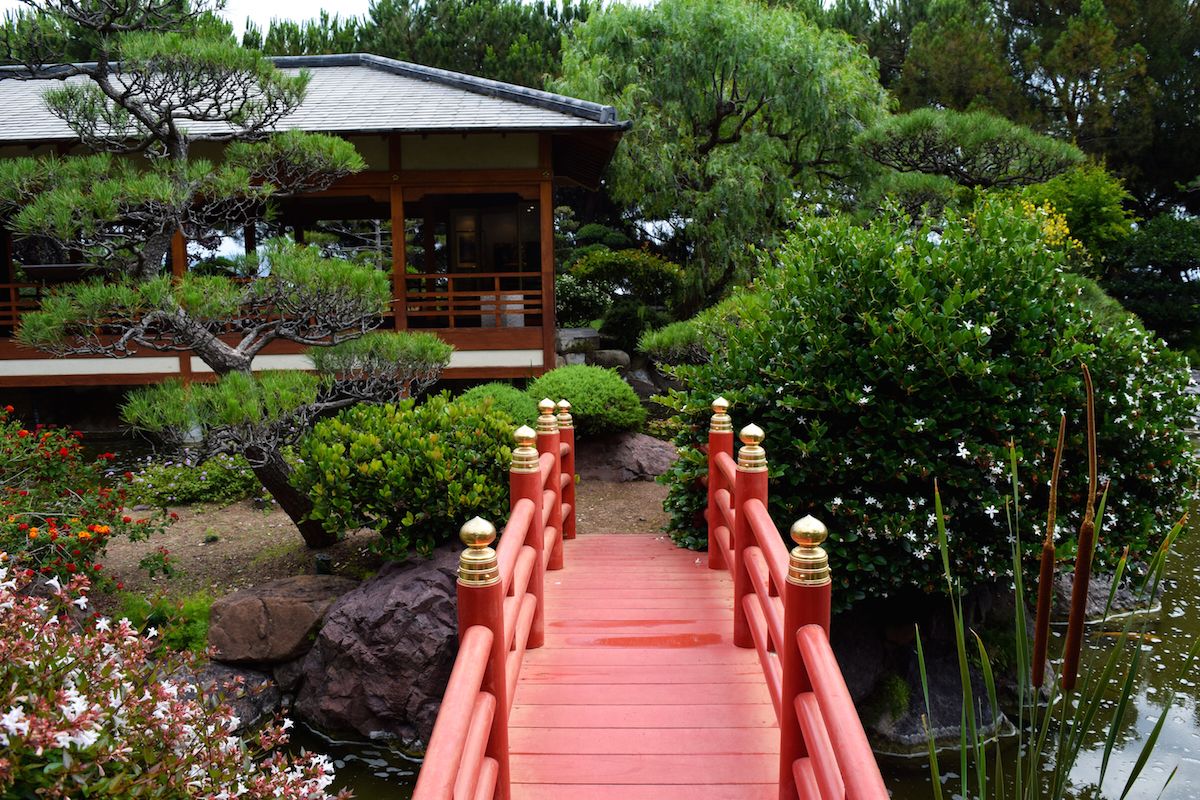
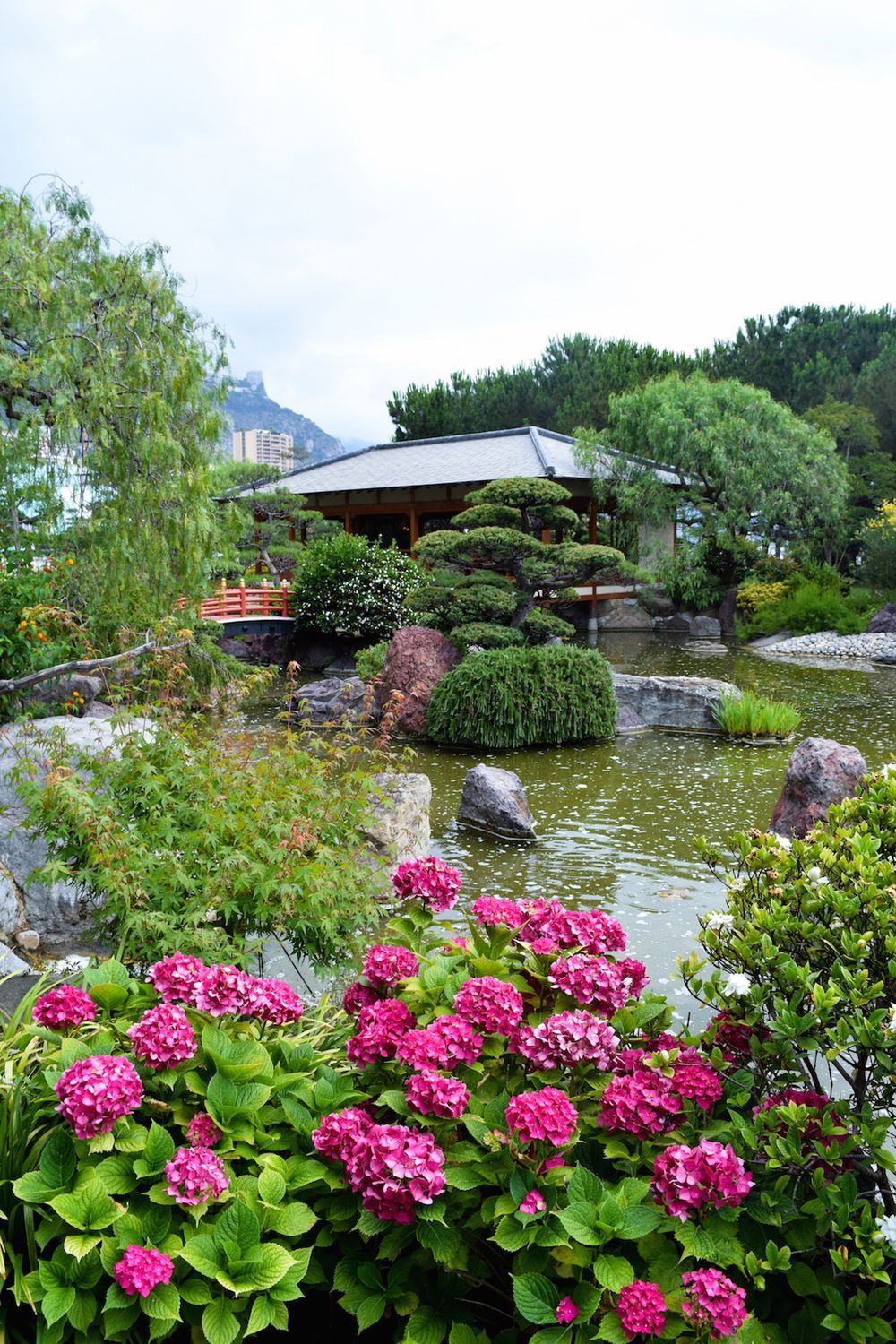
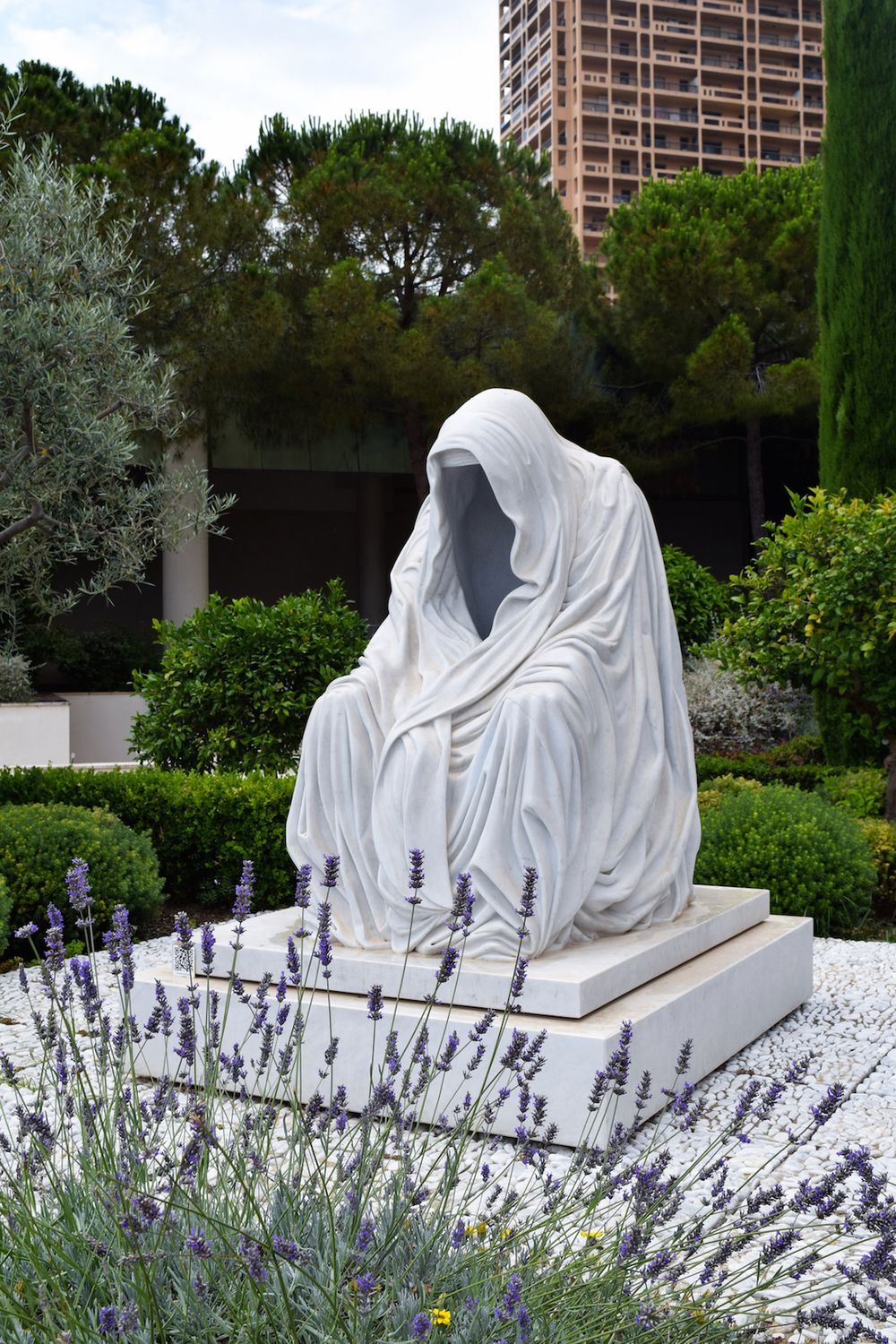
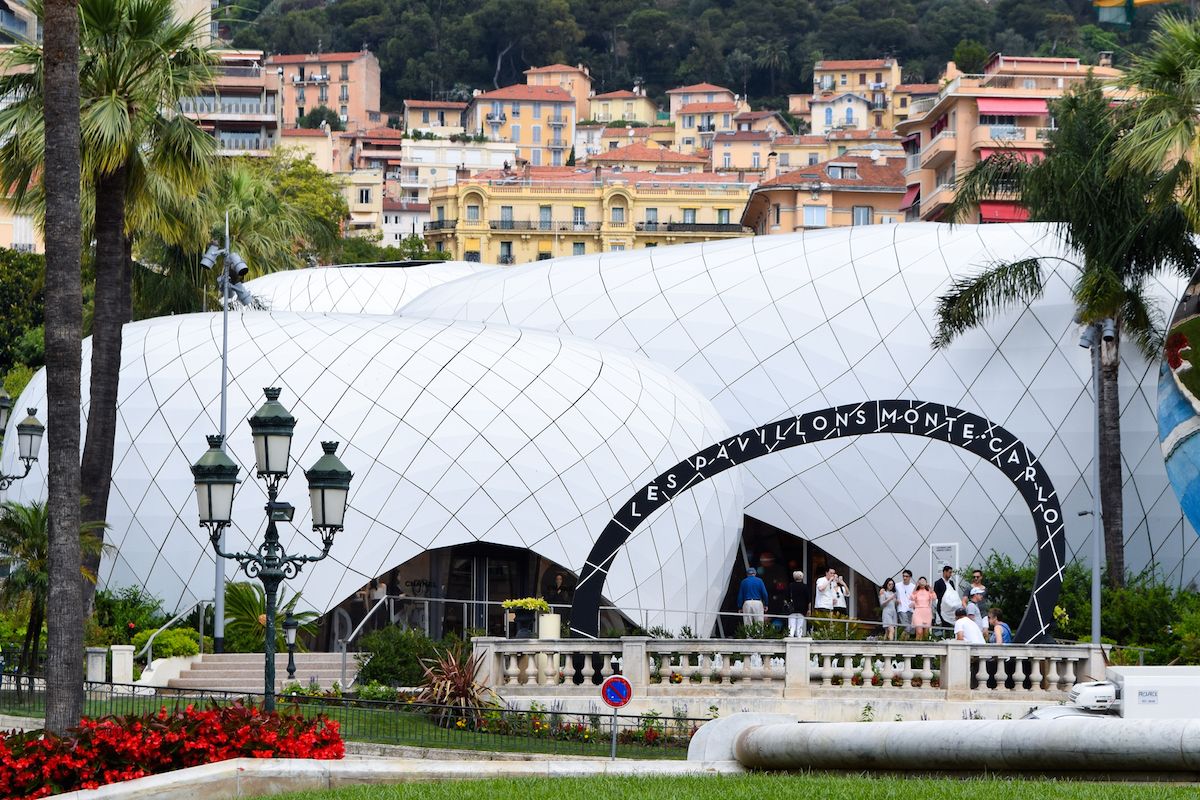
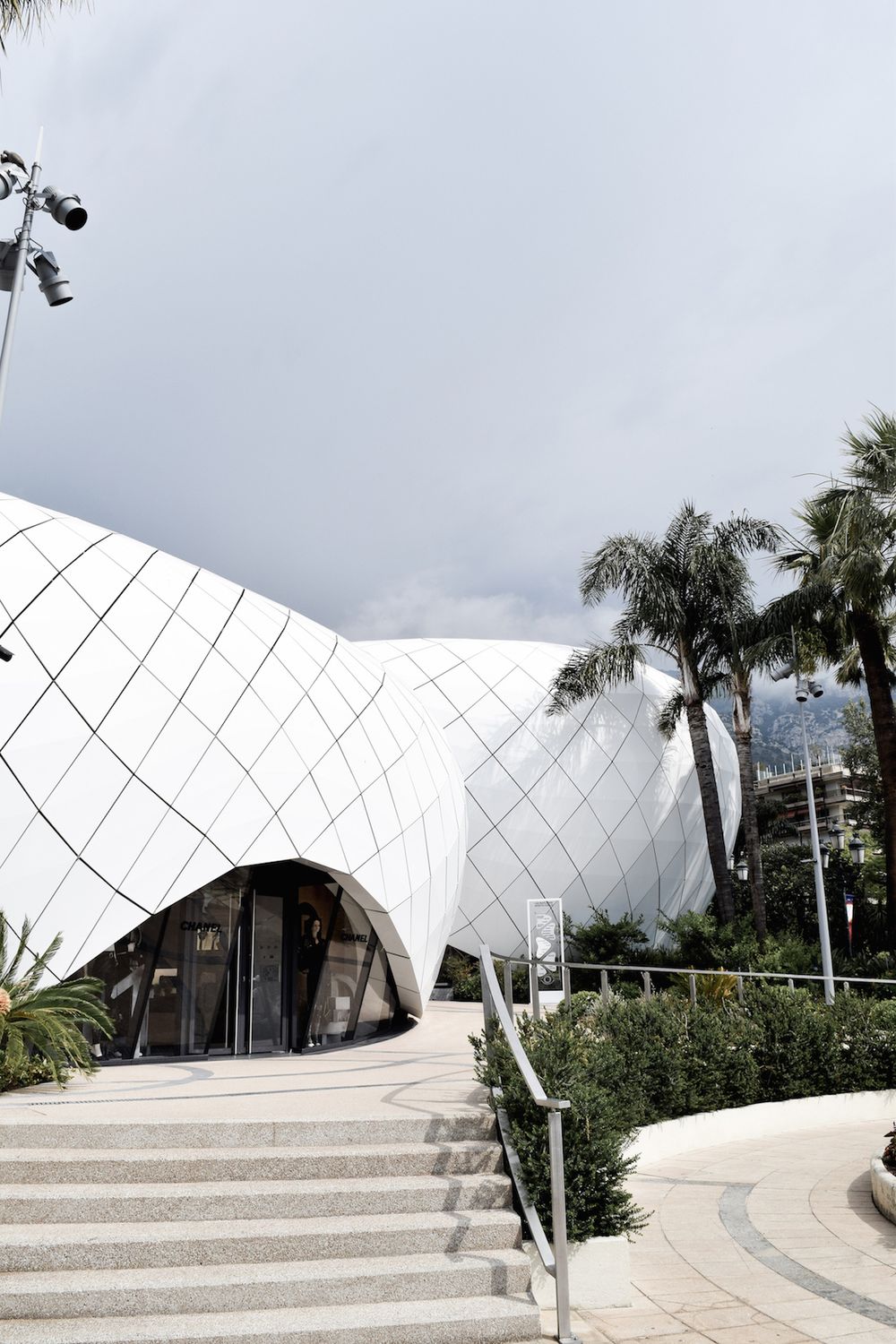
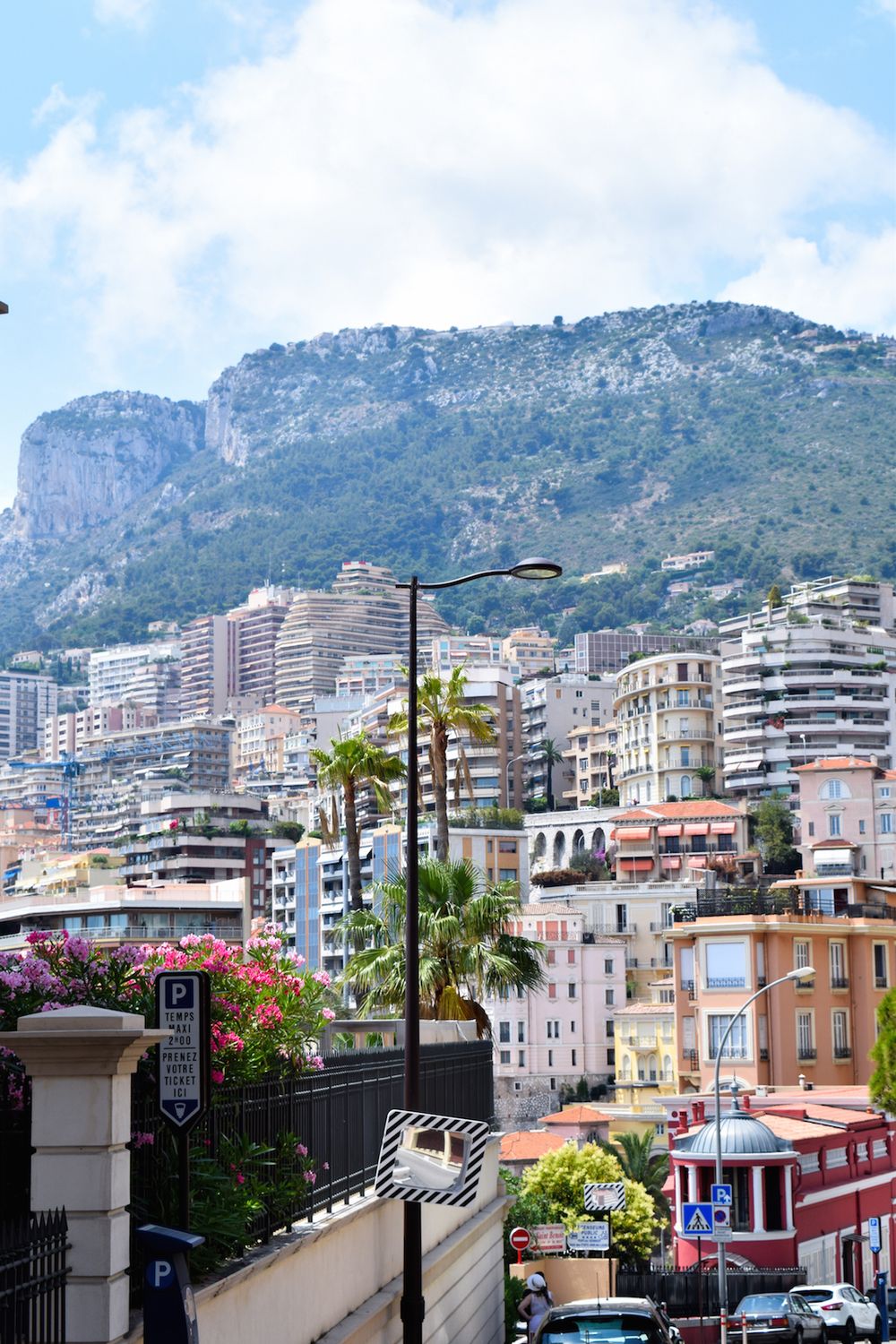
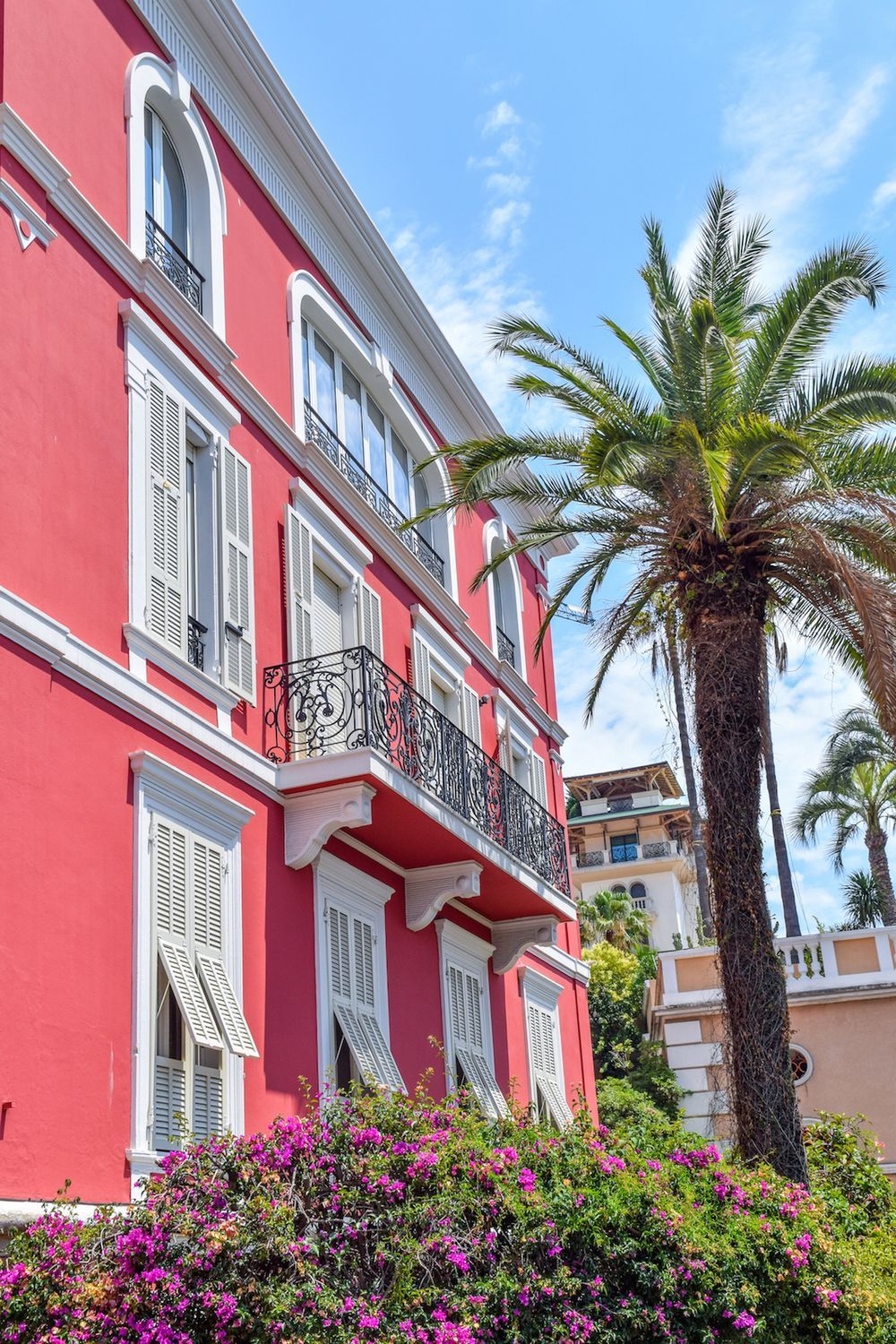
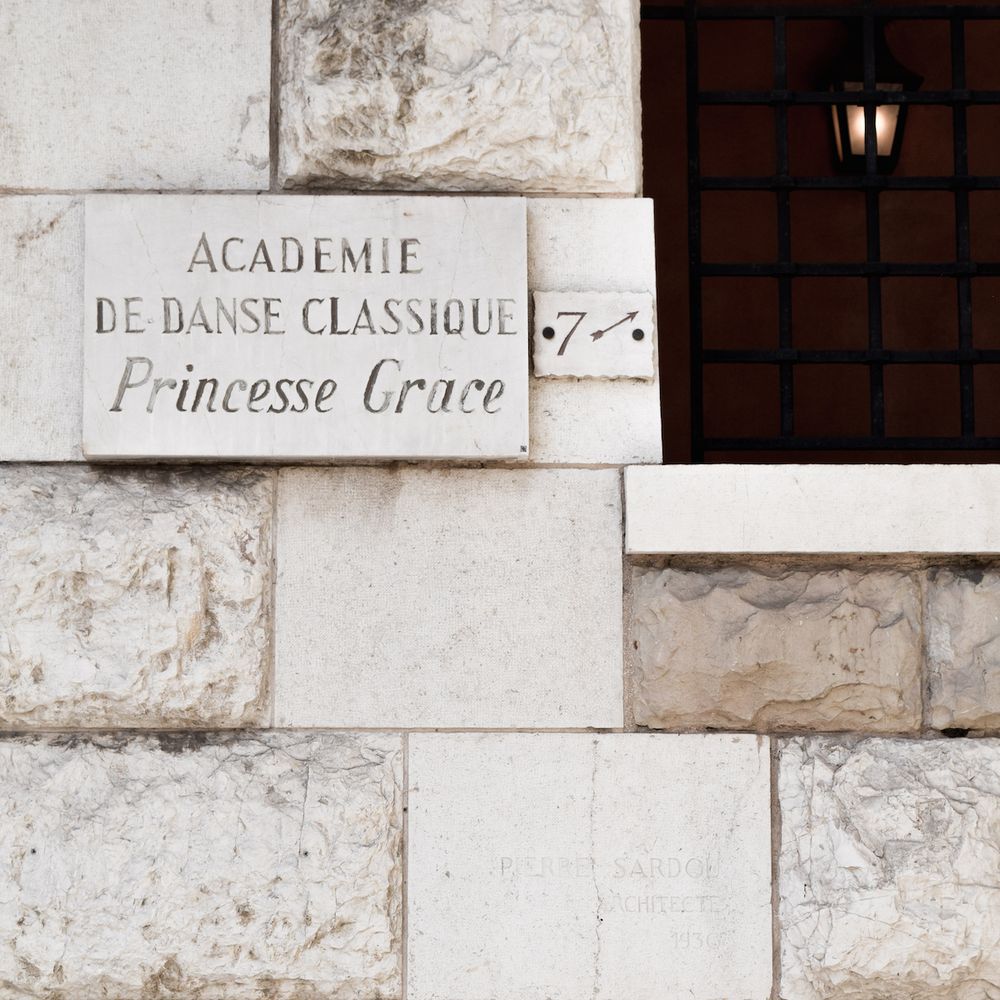
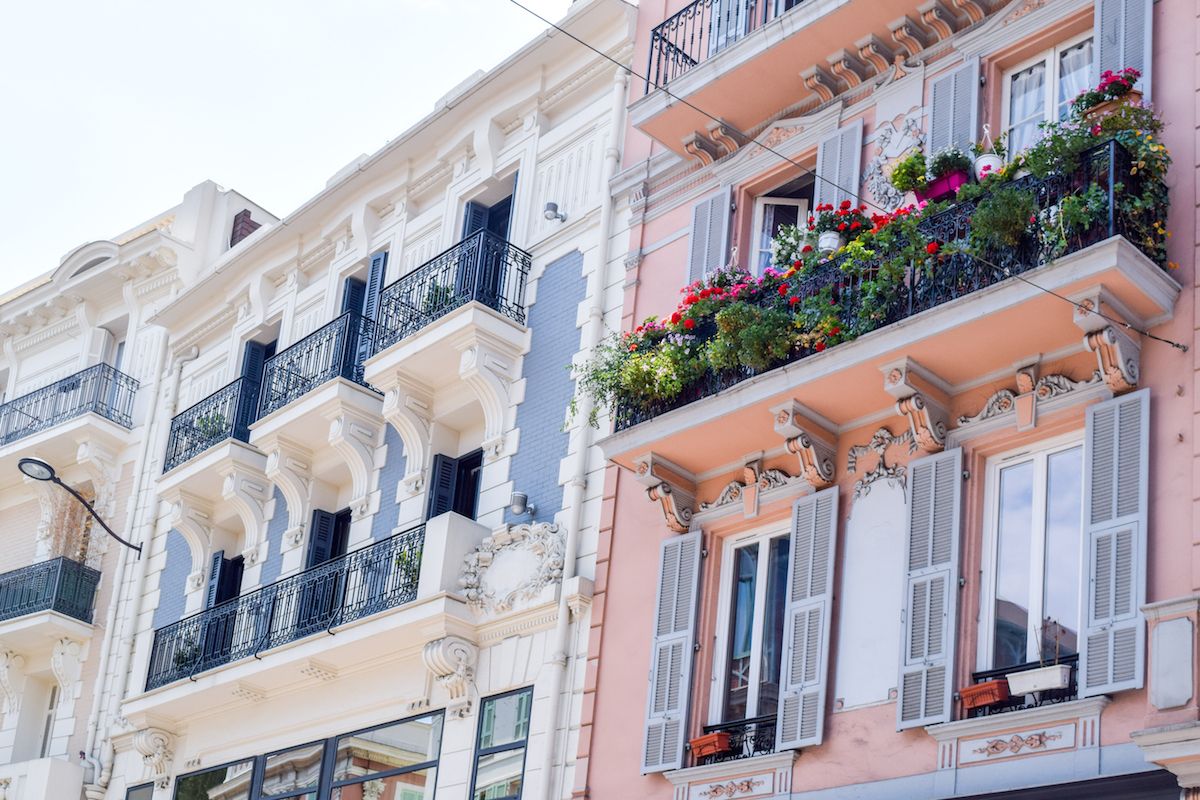
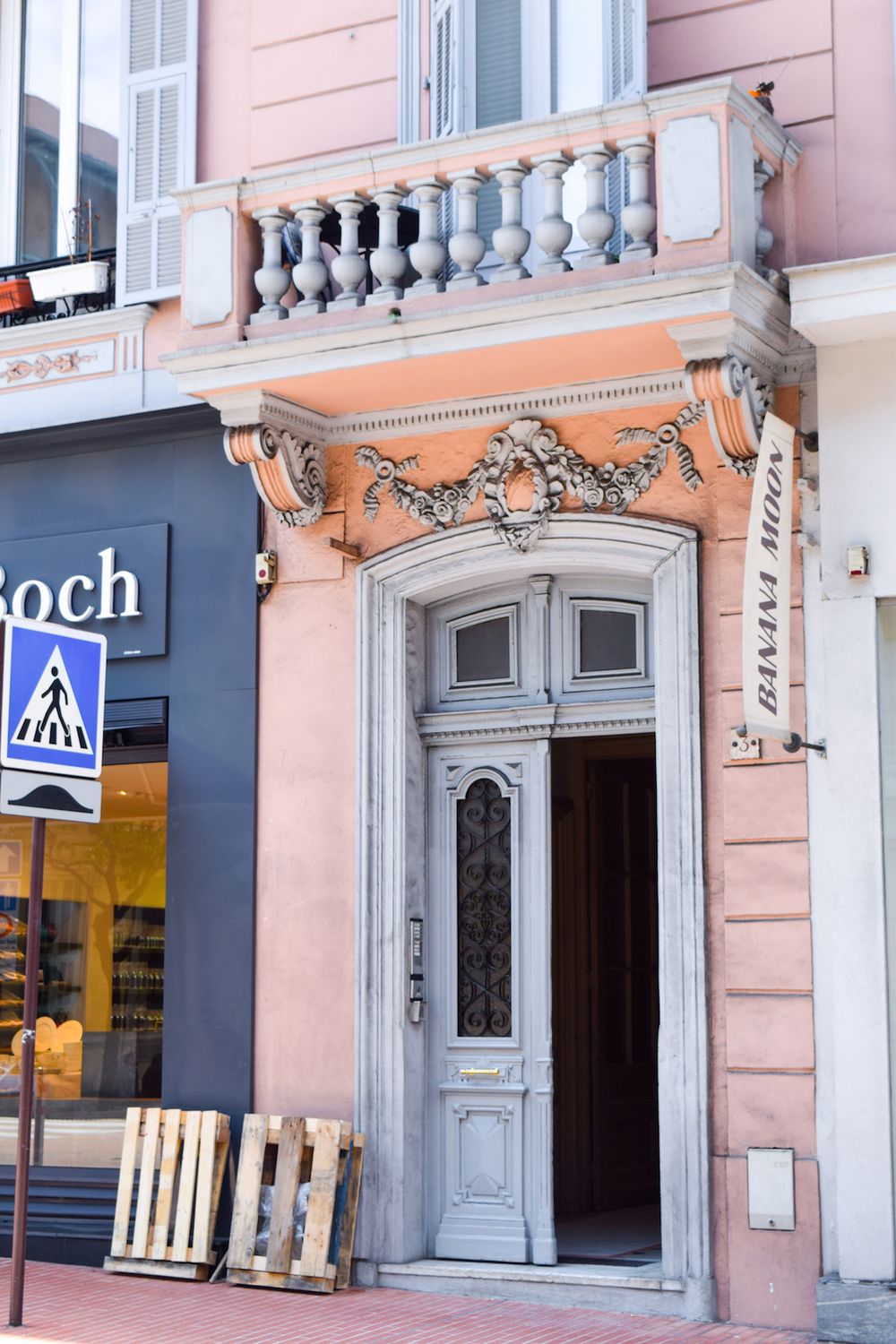
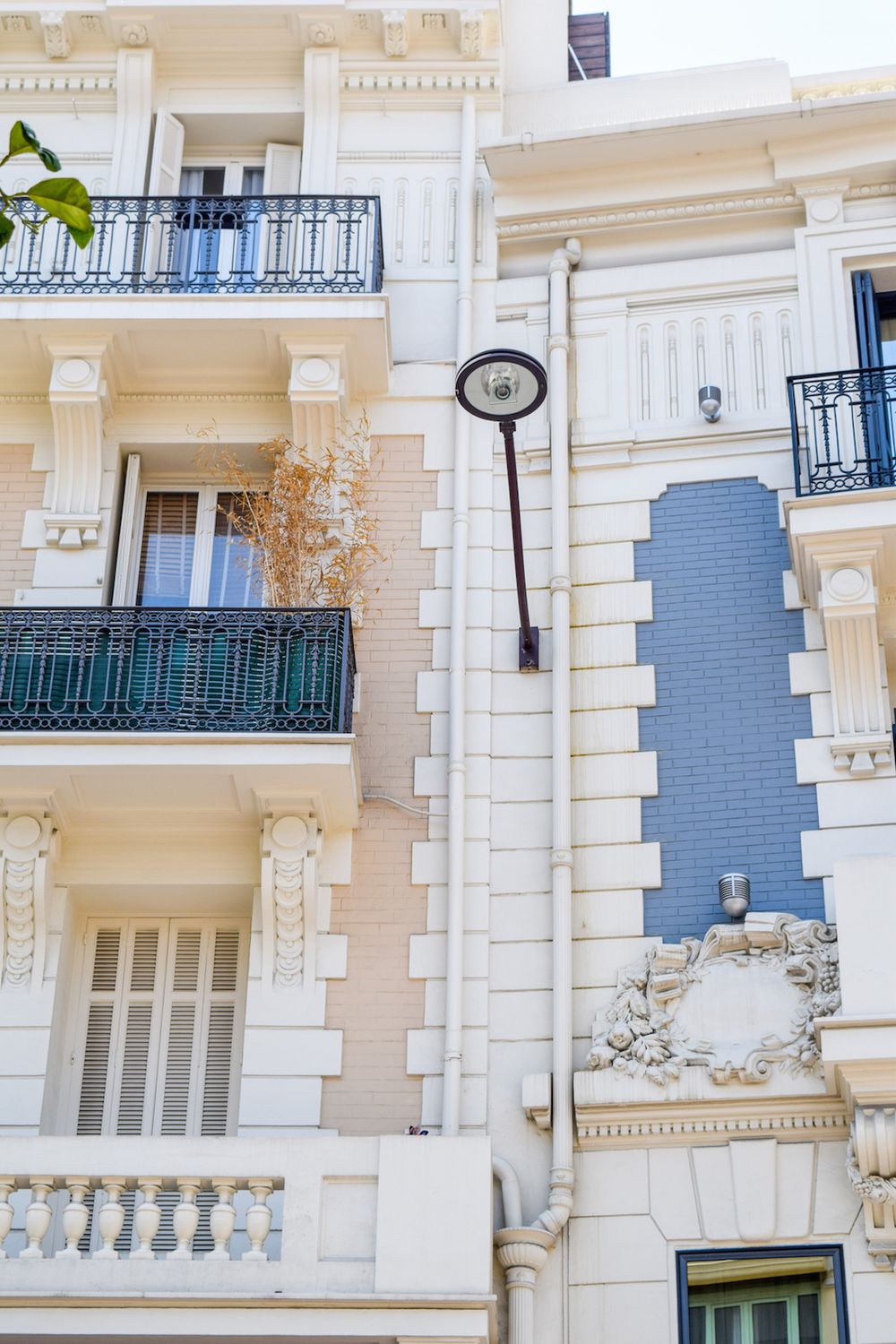
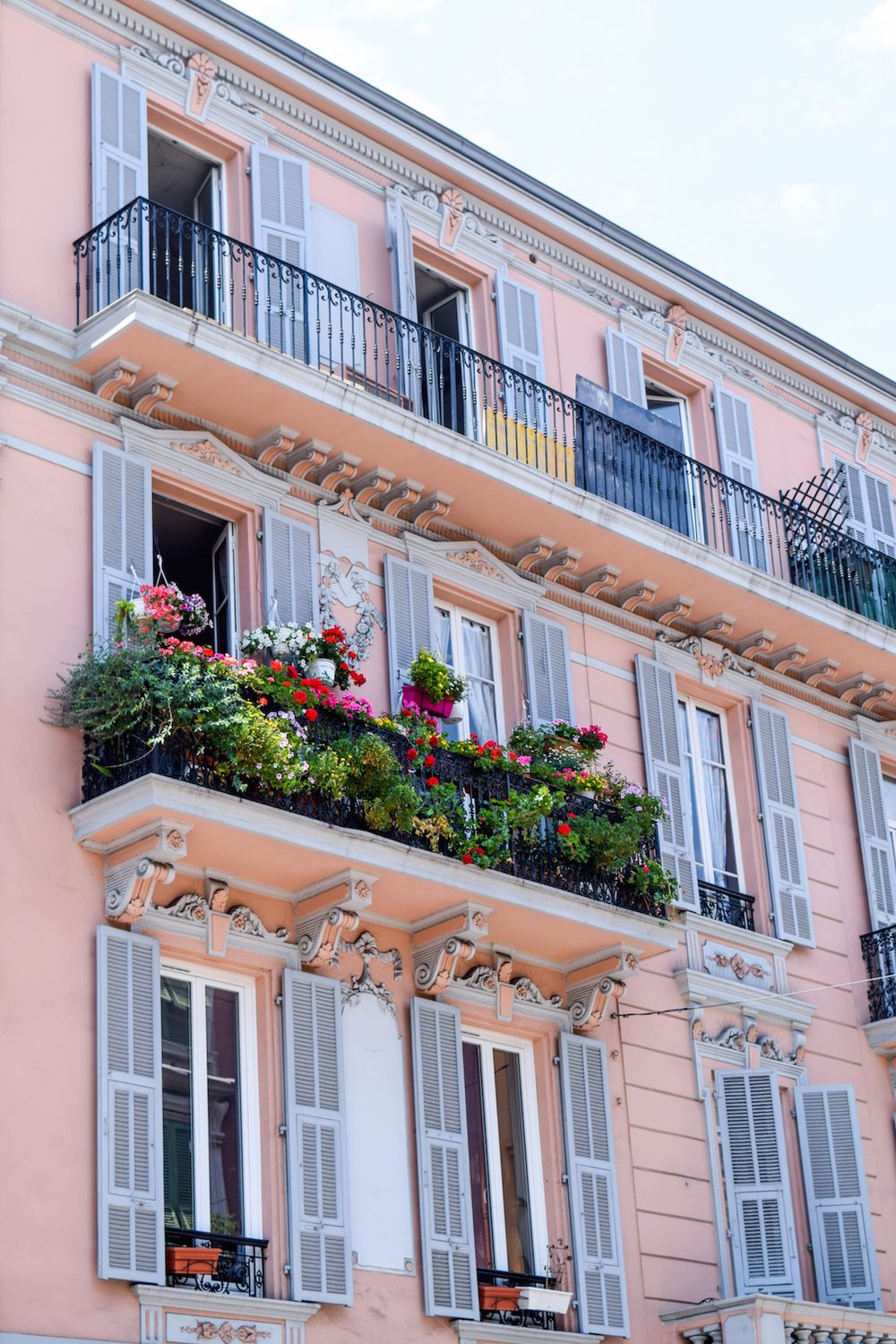
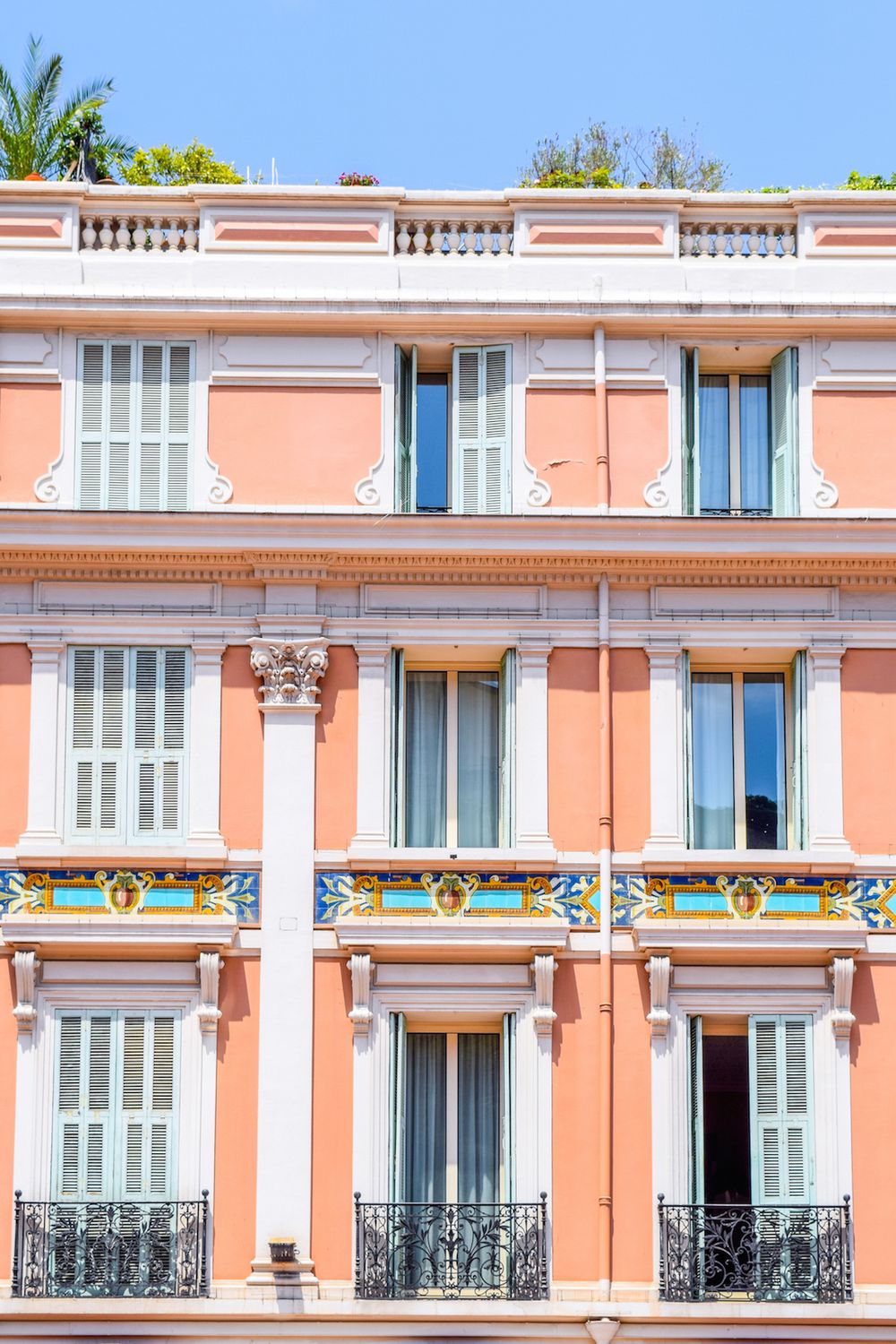
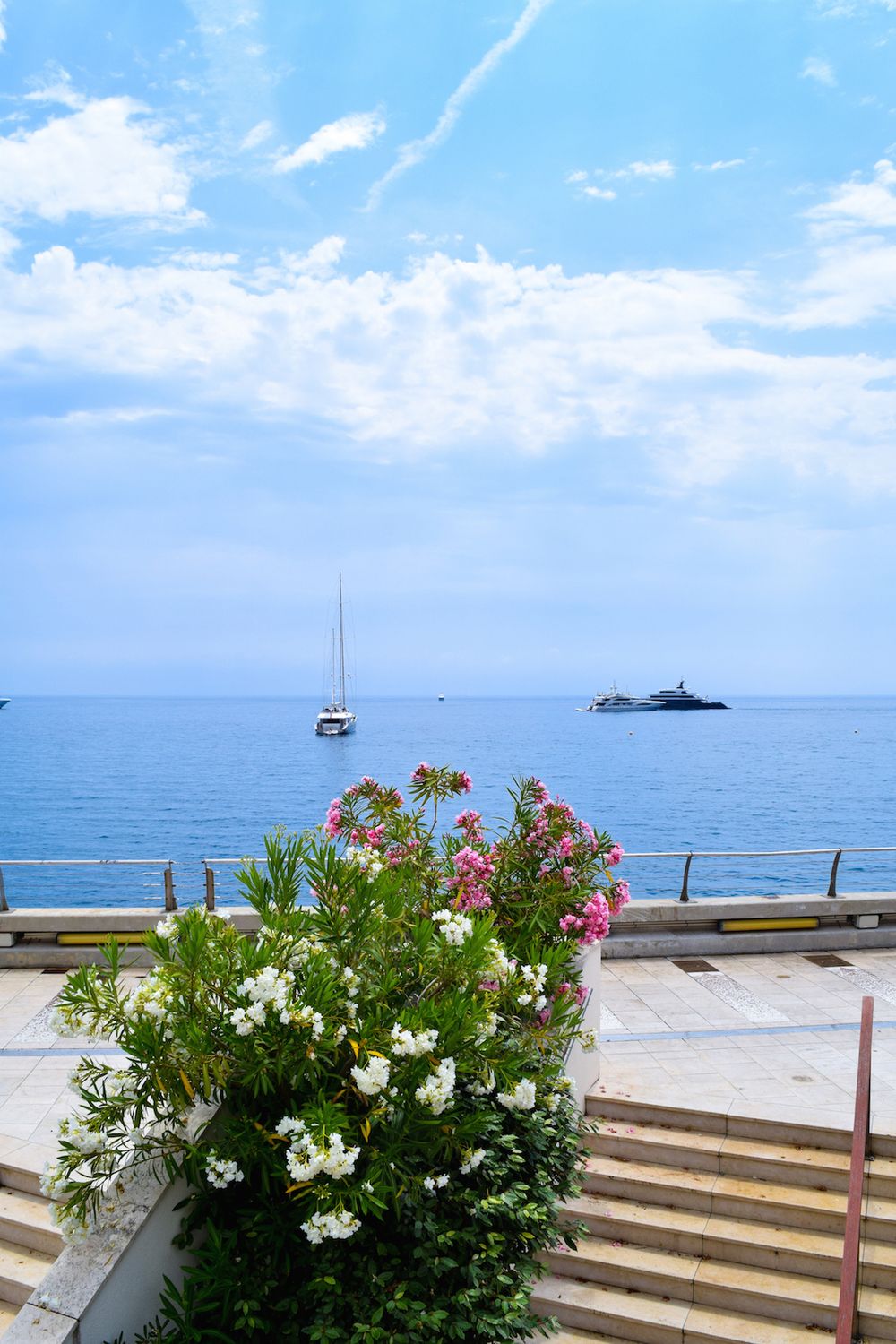
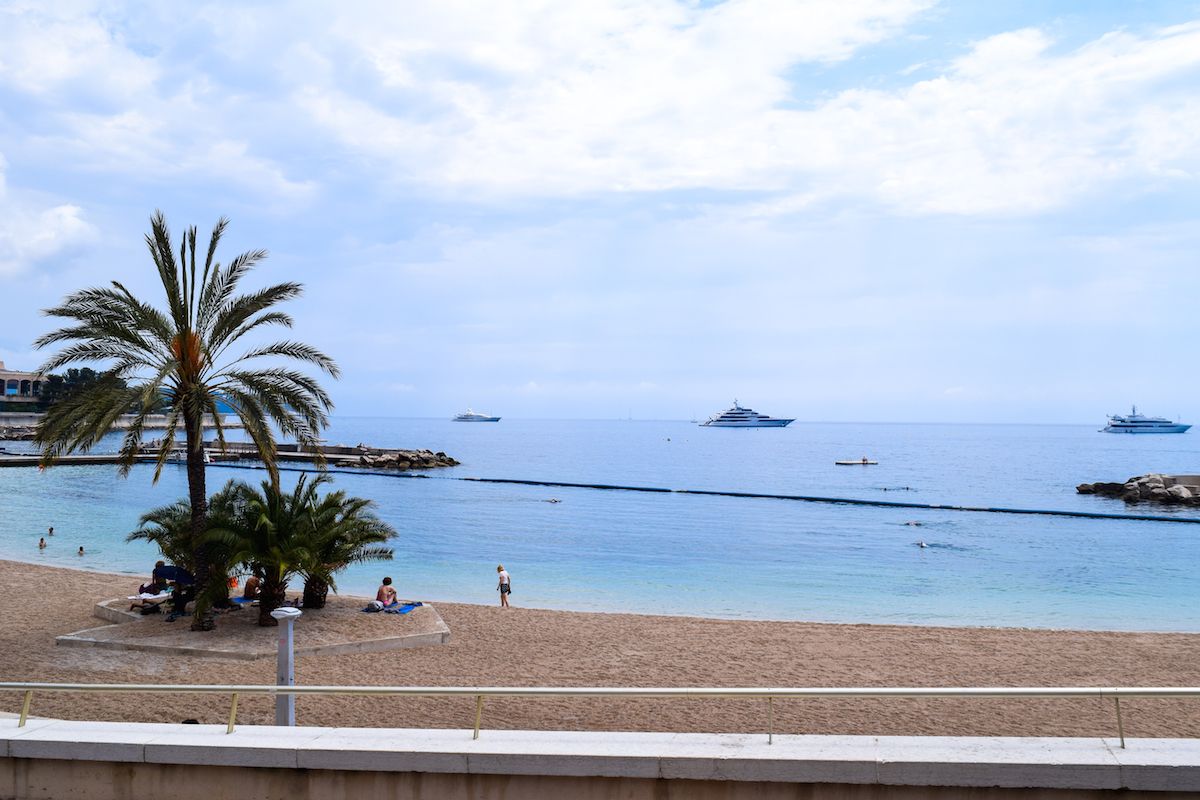
Enjoyed the pictures and love to read thank you for sharing the pictures and the the pictures. love the culture
I love your photos, they are absolutely gorgeous!! And I love your blog layout. cant wait to see your new posts!
http://www.livingincinnamon.com/
Thanks so much, Michelle! I spent a ton of time editing my theme so I’m glad you like it! …Same with the photos, actually ;) Thanks for visiting!
I love your photos! I’ve been in Monaco many times and I love the atmosphere there very much
Thanks so much Darina! Monaco is an incredibly special place, and I hope to explore it for more than just one day next time :) Thanks for reading!
It looks absolutely amazing! I never knew it was so hilly though. Your photos are absolutely stunning!
xo April | April Everyday
Thanks April! I was so surprised at all the ups and downs, too. :) Definitely worth a visit in any case!
Absolutely beautiful photos. I am in love!
http://www.captaincharley.net
Thanks so much, Charley! :)